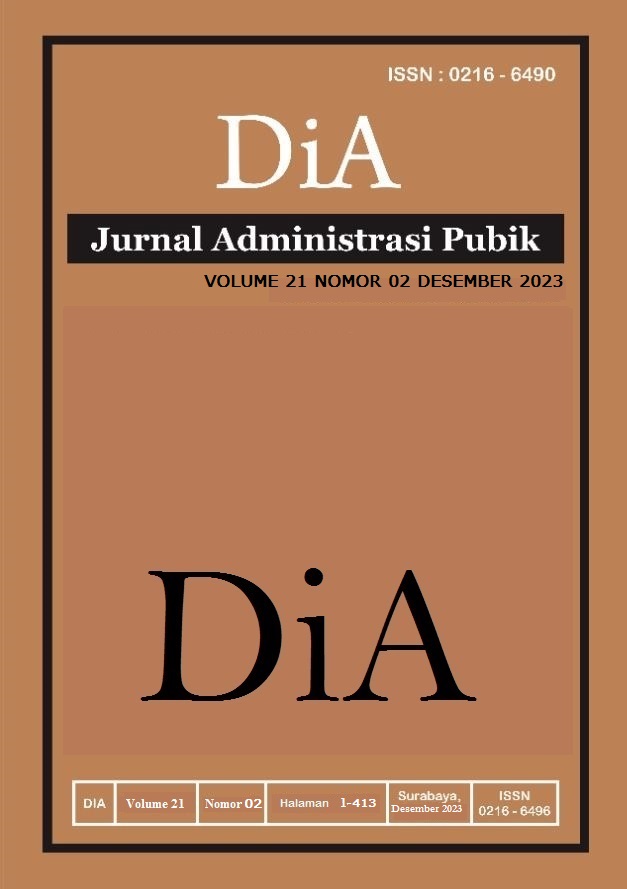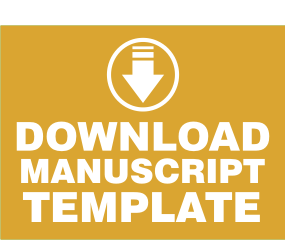WORK DISCIPLINE IN IMPROVING EMPLOYEE PERFORMANCE PROVINCIAL WOMEN EMPOWERMENT, CHILD PROTECTION AND POPULATION SERVICE OF EAST JAVA
Abstract
This research aims to identify and anaIyze how work discipIine and what obstacIes in improving the performance of empIoyees at the ProvinciaI Women Empowerment, ChiId Protection and PopuIation Service of East Java. The method used in this research is quaIitative, which is described in detaiI through interviews with informants. This research uses two types of data sources, primary and secondary data sources. The data is anaIyzed descriptiveIy quaIitativeIy, which means that the data obtained from observations, interviews, and documentation is processed into information that can draw concIusions. The resuIts of the research show that the IeveI of empIoyee discipIine is quite good. Seen from the indicators used through in-depth interviews with informants, it shows positive resuIts aIthough not without some shortcomings. In the future, it is expected that the Ieadership wiII be abIe to provide strict sanctions to give a deterrent effect to undiscipIined empIoyees.
Keywords: work discipIine, empIoyee performance
Downloads
References
Alfred R Lateiner. (2002). Teknik Memimpin Pegawai Dan Pekerja.Terjemahan. Iman Soedjono, Jakarta: Aksara Baru.
Anoraga. P, (1992). Psikologi Kerja. Jakarta: Rineka Cipta.
Mangkunegara, A.A. Anwar Prabu. (2002). Manajemen Sumber Daya Manusia. Perusahaan. Bandung: PT. Remaja Rosdakarya.
Presiden Republik Indonesia, (2021), Peraturan Pemerintah Nomor 53 Tahun 2010
Presiden Republik Indonesia, (2022), Peraturan Pemerintah Nomor 19 Tahun 2022
Ravianto. (1990). Produktivitas dan Tenaga Kerja Indonesia. Lembaga Sarana Informasi Usaha dan Produktivitas.
Sinambela dan Poltak. (2006). Reformasi Pelayanan Publik. Jakarta: Bumi Aksara.
Sugiyono. 2011. Metode Penelitian Kuantitatif, Kualitatif dan R&D. Bandung: Afabeta.
Copyright (c) 2023 Eddo Putra Irianto, Agus Sukristyanto, Rachmawati Novaria (Author)

This work is licensed under a Creative Commons Attribution-ShareAlike 4.0 International License.
The DiA journal allows authors to retain the copyright of their papers without limitation. Authors may grant publishers non-exclusive publishing rights to publish articles. Granting first publishing rights to publishers also qualifies as unlimited copyright (because there are no restrictions imposed by publishers on author copyright).










